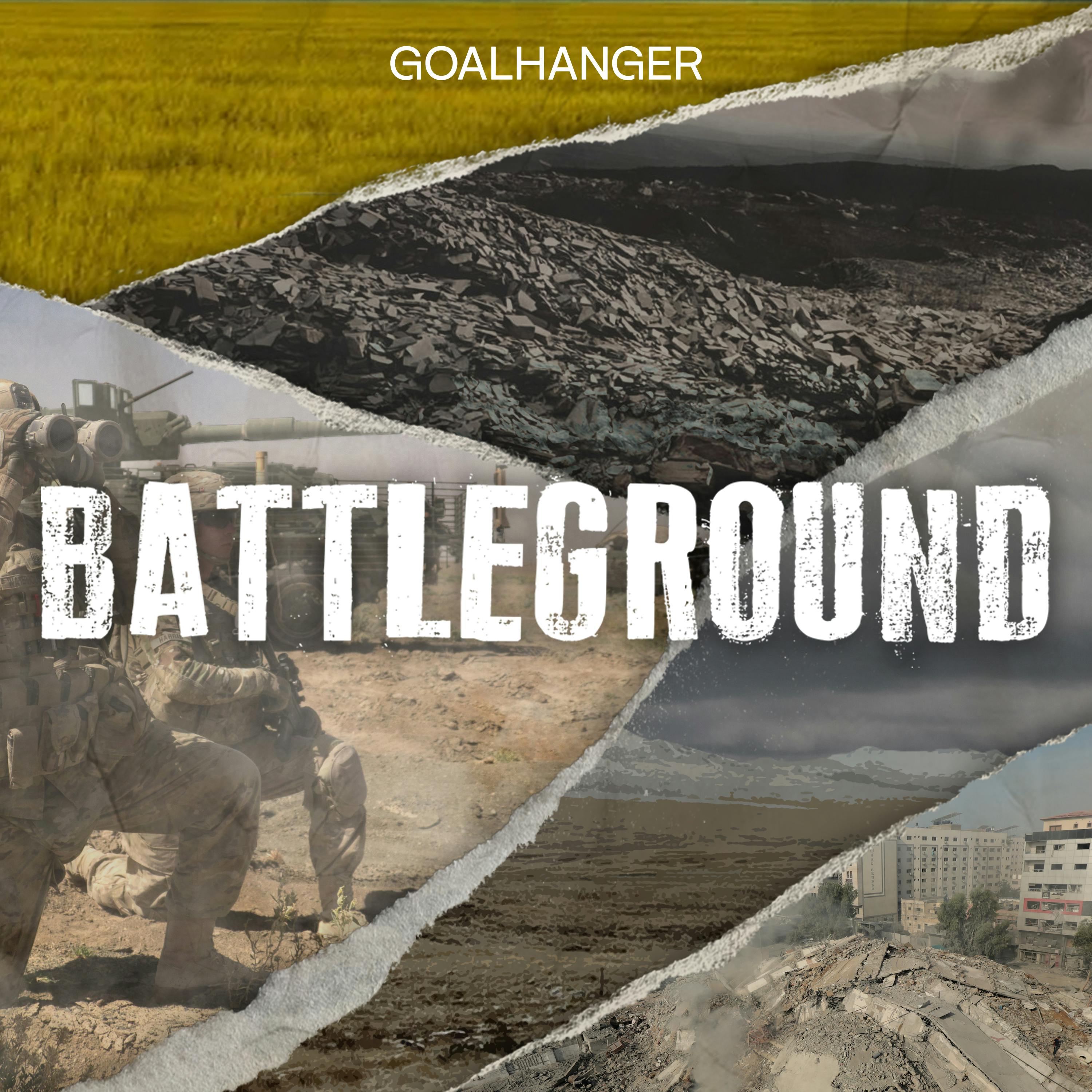
233. The Red Army's winter offensives

Battleground
Deep Dive
What was the significance of Operation Bagration in the Soviet offensives of 1944?
Operation Bagration was a major Soviet offensive that successfully destroyed the German Army Group Center, recaptured Belarus, and pushed the Germans back into Poland. It marked the first time the Red Army fought outside Soviet borders since June 1941, reaching the Vistula River in central Poland. However, the Red Army was exhausted by the 450-mile advance, and logistical challenges forced them to halt and regroup.
Why did the Soviet Red Army divert its focus to the Balkans and Hungary instead of advancing directly toward Berlin?
The Red Army was drawn into the Balkans and Hungary due to political opportunities and strategic considerations. A coup in Romania opened the way for rapid Soviet control, and the terrain, including the Carpathian Mountains, influenced the campaign. Hungary, a key Nazi ally, remained loyal to Germany, leading to prolonged fighting. Stalin prioritized gaining political control over Eastern Europe, delaying the advance into Germany to secure Soviet influence in the region.
What role did logistics play in the Soviet advance during the winter of 1944-45?
Logistics were a critical factor in the Soviet advance. The Red Army faced significant challenges due to the vast distances covered, devastated transport links, and the need to regroup after Operation Bagration. The Germans, with a functioning rail network, were in a better logistical position. The Soviets also relied on Allied-supplied trucks for mobility, but the strain of advancing 350 miles toward Berlin required extensive preparation and resupply.
How did the Battle of the Bulge impact the Soviet strategy in early 1945?
The Battle of the Bulge, while a failure for the Germans, led the Soviets to believe the Western Allies were advancing rapidly and that the German army was collapsing. This optimism prompted the Soviets to launch the Vistula-Oder offensive in January 1945, aiming for a quick campaign to reach Berlin. However, the Germans mounted three more major counteroffensives in the East, delaying the Soviet advance.
Why was East Prussia a significant obstacle for the Soviet advance toward Berlin?
East Prussia was a heavily defended German stronghold, strategically important due to its location and resources. The Soviets feared that German forces in East Prussia could launch counterattacks against their advancing armies. Despite initial setbacks, the Soviets eventually captured Königsberg, but the diversion of forces to deal with East Prussia delayed the final push toward Berlin by two months.
What were the human and material costs of the Soviet campaigns in Eastern Europe during 1944-45?
The Soviet campaigns in Eastern Europe were extremely costly, with approximately 1.1 million troops lost. The campaign in East Prussia alone resulted in 126,000 Soviet deaths, 3,400 tanks lost, and 1,500 aircraft destroyed. These losses were 40% higher than those incurred during the better-known Berlin operation, highlighting the brutal and costly nature of the fighting.
Why did Soviet troops exhibit such brutality toward civilians during their advance into Germany?
Soviet troops' brutality toward civilians, particularly in Germany, stemmed from years of brutal warfare, revenge for German atrocities in the Soviet Union, and the harsh conditions of the campaign. While the Soviet government aimed to win hearts and minds for post-war control, the behavior of troops, including looting and rape, was often unchecked due to the army's size and prolonged deployment.
Who was Alexander Vasilevsky, and what was his role in the Soviet offensives?
Alexander Vasilevsky was a key Soviet military leader, serving as Chief of the General Staff for much of the war. He played crucial roles in major battles like Stalingrad and Kursk. In 1945, he was tasked with leading the campaign in East Prussia after the previous commander was killed. Despite being diverted from his primary role in planning the Soviet campaign against Japan, Vasilevsky successfully captured Königsberg, demonstrating his strategic acumen.
- Operation Bagration cleared Germans out of most of Russia
- The Red Army reached the Vistula River in Poland
- The Red Army was exhausted after advancing 450 miles
- The Red Army aimed to gain political control over eastern Poland and regroup for a further advance into Germany
Shownotes Transcript
Joining Saul to discuss the multiple westward offensives of the Soviet Red Army in the winter of 1944/45 is friend of the podcast Evan Mawdsley.
Together they discuss the multiple Soviet Armies that advanced into Europe following the expulsion of German forces from the Soviet Union's borders, and how political decisions dictated the deployment of the Red Army as Stalin sought to seize control and influence over Eastern and Central Europe.
If you have any thoughts or questions, you can send them to - [email protected]
Producer: James Hodgson
X: @PodBattleground
Learn more about your ad choices. Visit podcastchoices.com/adchoices)